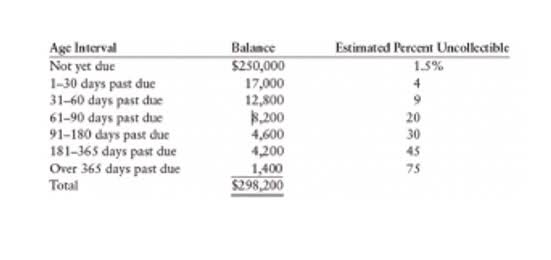
For instance, an increase in retained earnings may indicate profitable operations, while a rise in treasury stock could suggest share buybacks aimed at boosting stock prices. Such insights are essential for forming a comprehensive view of the company’s financial strategy and long-term sustainability. The Bakery Accounting statement of stockholders’ equity outlines changes in ownership and capital structure over a reporting period. This document details transactions such as issuance of new shares, repurchase of existing shares, and dividend distributions.
- Overall, a thorough analysis of a company’s financial statements requires a deep understanding of the tax and accounting aspects of the company’s operations.
- Current assets include cash and anything that can be converted to cash within a year, such as accounts receivable and inventory.
- Suppose Company B has $5 million in assets but $4.5 million in liabilities.
- The balance sheet provides a snapshot of a company’s financial position at a specific point in time.
What Are Some Other Terms Used to Describe Equity?
- Any other profits and losses not mentioned in the income statement can be accessed through the statement of change in equity.
- Each type of equity plays a distinct role in understanding a company’s financial health and ownership structure.
- Home equity is often an individual’s greatest source of collateral, and the owner can use it to get a home equity loan, which some call a second mortgage or a home equity line of credit (HELOC).
- Analyzing a company’s investing activities can provide insights into its growth prospects and future profitability.
Treasury stock appears as a contra-equity balance (an offset to equity) that reflects the amount that the business has paid to repurchase stock from shareholders. Retained earnings (or accumulated deficit) is the running total of the business’s net income and losses, excluding any dividends. In the United Kingdom and other countries that use its accounting methods, equity includes various reserve accounts that are used for particular reconciliations of the balance sheet. A company’s balance sheet provides stakeholders with a snapshot of its assets, liabilities, and shareholder equity at a specific point in time—typically the last day of the reporting period. Rather than predicting future success or trends, the balance sheet reflects the company’s current financial position. Investors and analysts use stockholders’ equity information to evaluate the company’s financial stability, profitability, and growth potential.

Restated Balance
Regular equity adjustments help maintain transparency and accuracy, which are vital for regulatory adherence and investor trust. This practice is fundamental for meeting reporting standards and accurately evaluating market valuation. There are several consolidation benefits, such as how to calculate total equity presenting a unified financial picture, which can improve transparency and investor confidence. The process can be complex and time-consuming, requiring meticulous attention to detail to guarantee accuracy. Successful investors look well beyond today’s stock price or this year’s price movement when they consider whether to buy or sell. She holds a Bachelor of Science in Finance degree from Bridgewater State University and helps develop content strategies.

Components of the Balance Sheet and What They Can Tell Us

A statement of change inequity is one financial statement that shows the shareholder contribution and movement in equity. If the user of financial statements wants to know the entity’s financial position, then the balance sheet is the statement the user should be looking for. It shows the balance of assets, liabilities, and equity at the end of the period. The net income over a set period can be calculated using formulas aligning with the statements above that consider a number of incomes and costs before leading the owner to a set value. Total equity is a determinant for investors, creditors, and other stakeholders when evaluating a company’s financial stability and performance. A higher level suggests that a firm has more resources to cope with challenges or make investments.

Stockholders’ equity, also known as shareholder equity, is the total amount of assets that a company would retain if it paid all of its debts. In the United States, the statement of changes in equity is also called the statement of retained earnings. When the company’s repurchased shares are absorbed, the number of outstanding shares on the market is reduced. The result is fewer shares on the market, and the ownership percentage of each investor increases. That’s why buybacks benefit shareholders because they always increase the stock’s value in the short term.

In the U.S., businesses contra asset account are required to prepare and file financial statements, which are publicly available for companies that are publicly traded. The balance sheet will provide the necessary information about assets and liabilities. With regard to the financial documents of a company, common equity has a somewhat flexible definition, depending on the state of the net income. In total, this question pertains to the structure of the income statement.
